-

The Optical Test Output and Pulses
Each electronic energy meter must have at least one optical test output. Commonly its named with flashing pulse diode or similar. -
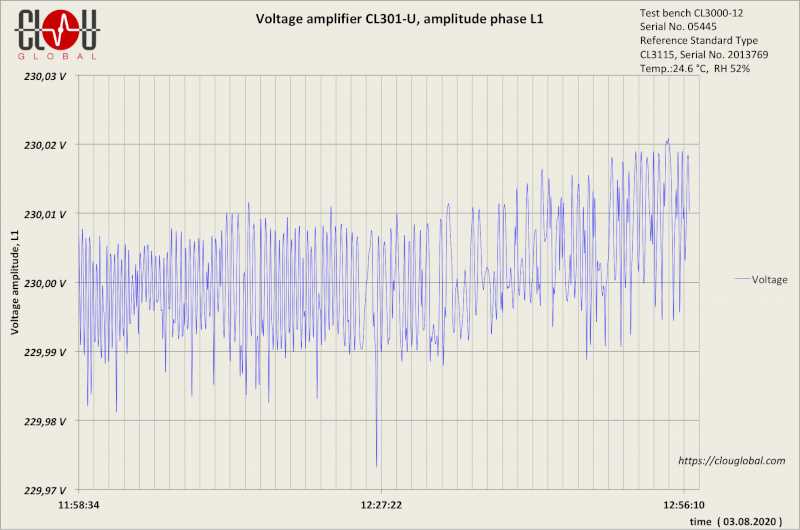
Test Bench Stability of the Output Settings
In customer requests and tenders you can still find extensive requirements for the stability of the output settings. -
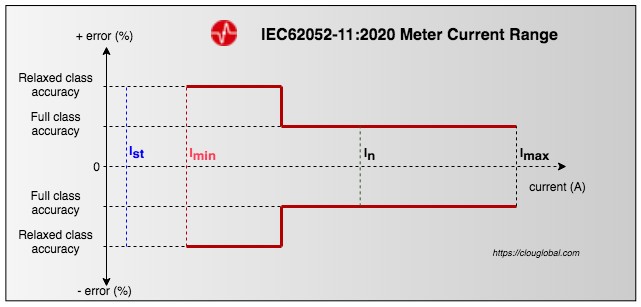
Where is the Basic Current?
In the last 100 years we had a lovely Ib for direct connected meters. Now the name has changed to nominal current In. -

The Initial Start-Up for Energy Meters
Electronic energy meters are like small computers. The need some time for starting up. -

Influence of Fast Load Current Variations
The load current can vary frequently with high amplitude. The test conditions in the older versions of the IEC62052-11 have all be static… -
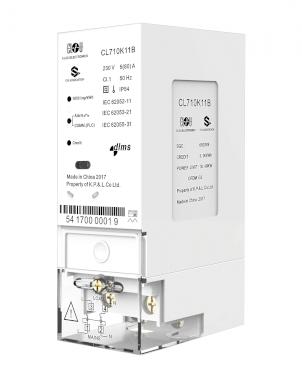
Repeatability Test for Energy Meters
Another new test introduced by the IEC62052-11 Edition 2 is the repeatability test. -
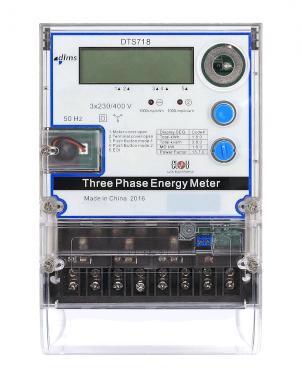
Influence of Self Heating
We need to figure out whether the occurring internal heat is causing a temporary error drift above the allowed limits for variation. -
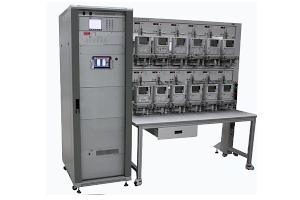
No Load Test for Energy Meters 2020
With publishing of the Edition 2 of IEC62052-11 the minimum run time calculation formula has changed. -
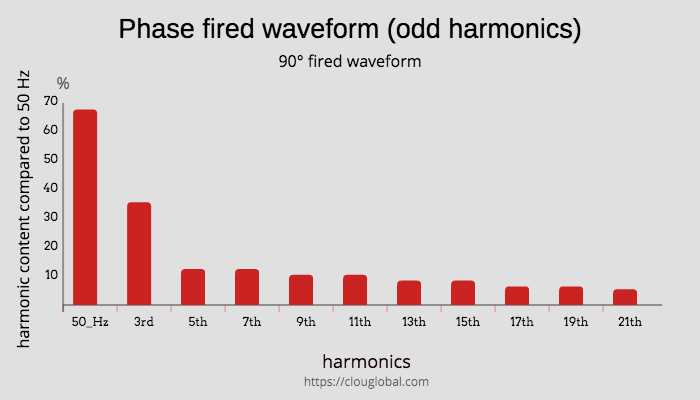
Odd Harmonics in the Current Circuit
Two more tests for odd harmonics have been added to IEC 62052-11 edition 2. -
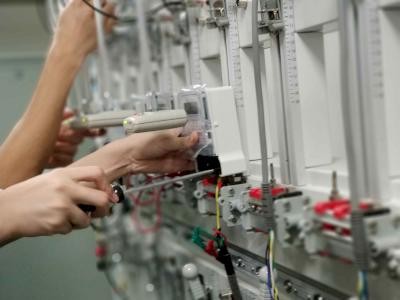
Which Meter Constant should a Meter have?
Higher constant means faster testing. The most time-savings are coming from the no-load test and the starting test. -
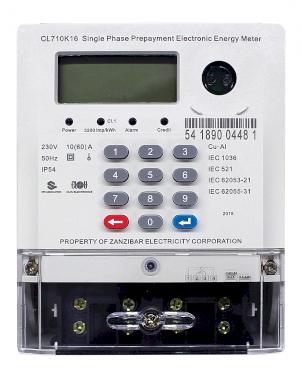
The Energy Meter Register Resolution
The main purpose of an electronic energy meter is the accurate metering of the customer consumption. The meter has registers for storing the various consumption values -

Short Interruption and Dip Tests IEC62052-11
These tests are performed to make sure the meter is resistant to dips and short interruptions that frequently happen on the mains power supply.
Category: Metering Insights


